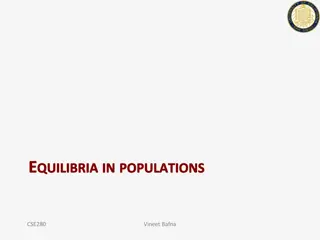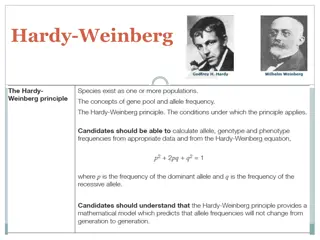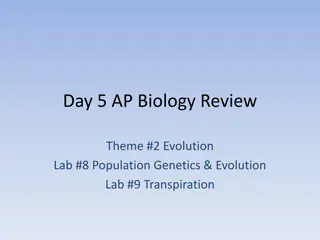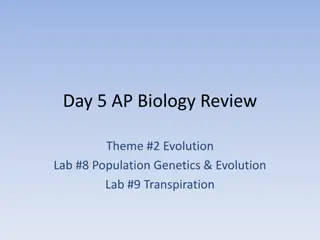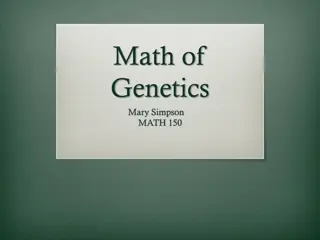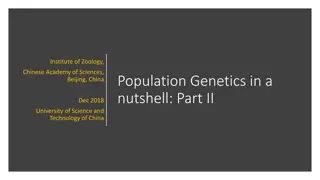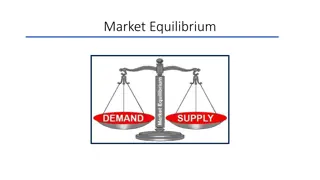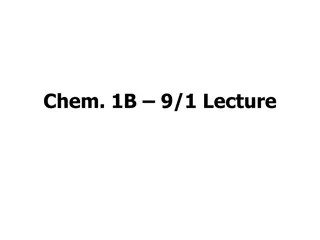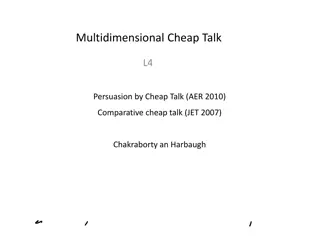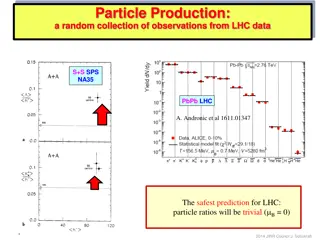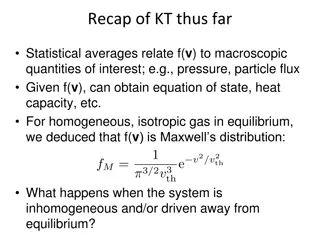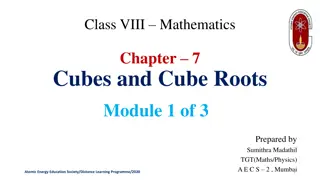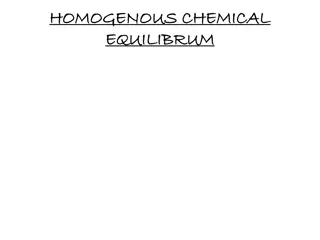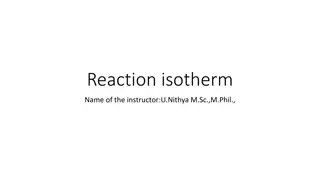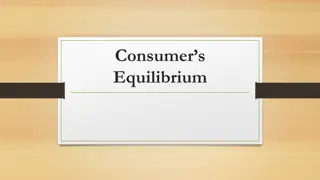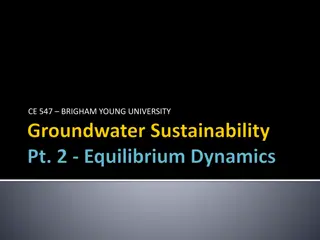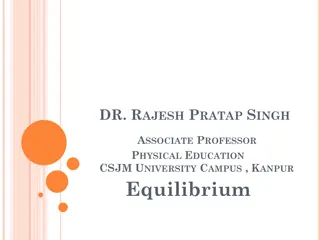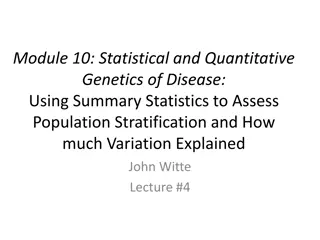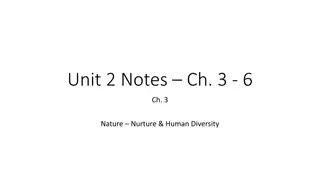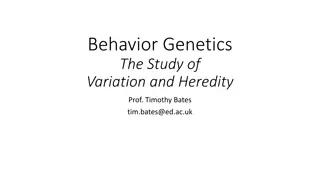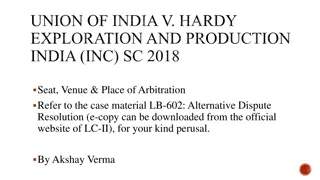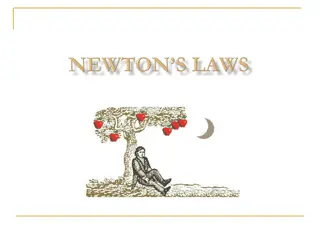Understanding Hardy-Weinberg Equilibrium in Population Genetics
The Hardy-Weinberg Equilibrium (HWE) equation provides insights into allele frequencies in a population under ideal conditions, with key requirements being no mutations, no natural selection, no gene flow, infinite or large population size, and random mating. Deviations from HWE indicate evolutionary changes. An example illustrates calculating genotypic probabilities for different traits. The concept is crucial in identifying mechanisms of evolutionary change.
Download Presentation

Please find below an Image/Link to download the presentation.
The content on the website is provided AS IS for your information and personal use only. It may not be sold, licensed, or shared on other websites without obtaining consent from the author. Download presentation by click this link. If you encounter any issues during the download, it is possible that the publisher has removed the file from their server.
E N D
Presentation Transcript
Hardy Weinberg Equilibruim Equation Reflects the frequency of alleles in a population of organisms under ideal conditions. 64NB p2+ 2pq + q2= 1 p + q = 1
Hardy Weinburg Equilibrium Applies only to sexually reproducing organisms. The Conditions that must be met for a population to be in Hardy Weinburg Equilibrium are: No new mutations, alleles in a population do not change No different selection among genotypes (No Natural Selection) No gene flow ( immigration and emigration) Population size has to be infinite, or at least very large. Mating is Random
If all ideal conditions are met, then there is no evolution because the allelic frequency is maintained in the population . The concept of HW Eq. Is important because deviation from the HW Eq. show that evolution is occurring and can help us identify the various mechanisms of evolutionary change.
An example: 500 Wild Flowers Frequency CRallele in the population: .8 = p Frequency CWallele in the population:.2 = q What is the genotypic probability of Homozygous dominant Red Wild Flowers(CRCR)?, Heterozygous Pink Wild Flowers (CRCW), and Homozygous recessive White Wild Flowers? (CWCW)
Taster vs. Nontaster What percent of the North American population is Heterozygous for the taster trait? Start with what you know: q2= .45 p + q = 1; q = .45 1 q = p; 1 - .67 = .33 = p p2= .1089 2pq = 2 x .33 x.67 = .44 Tt = .44 Make sure your genotypic probabilities = 1 .1089 + .44 + .45 = 1


